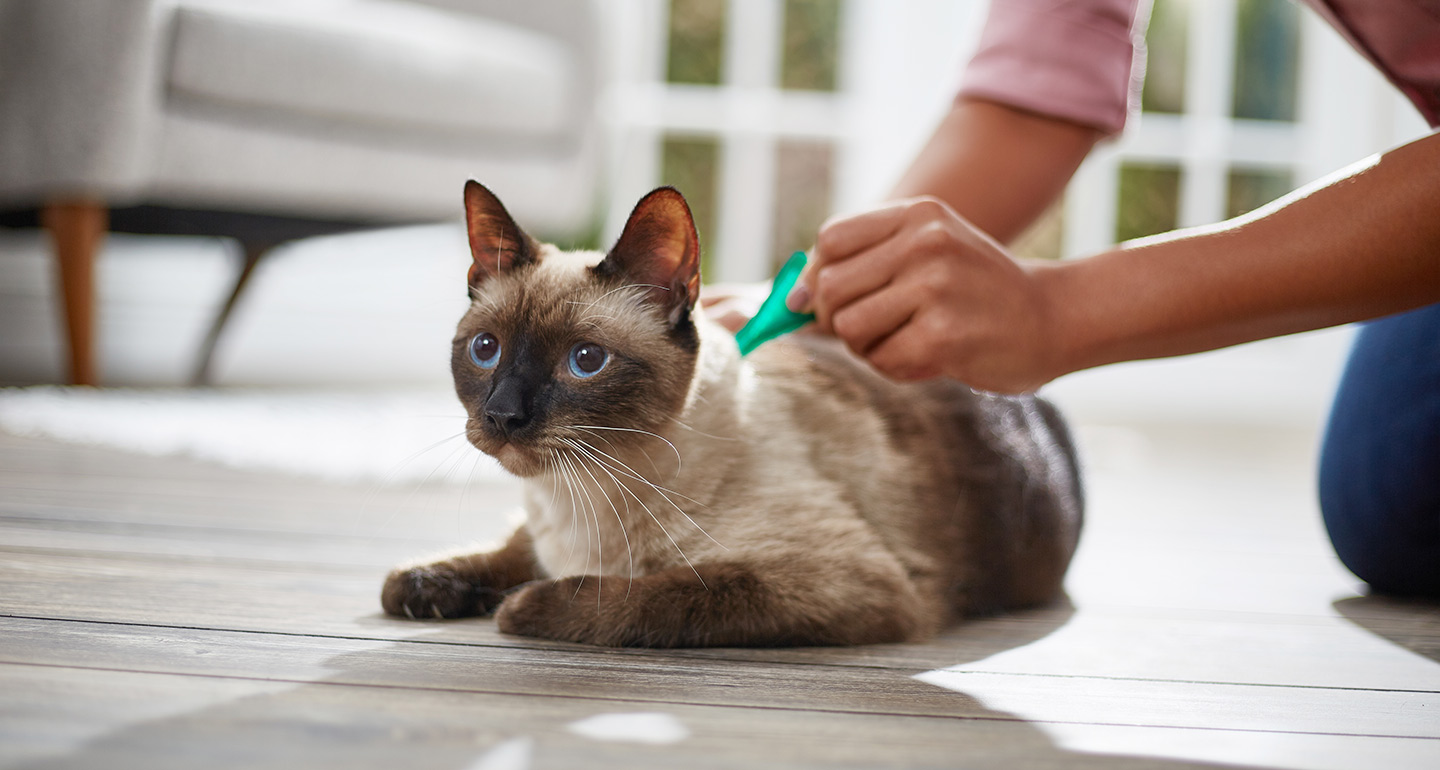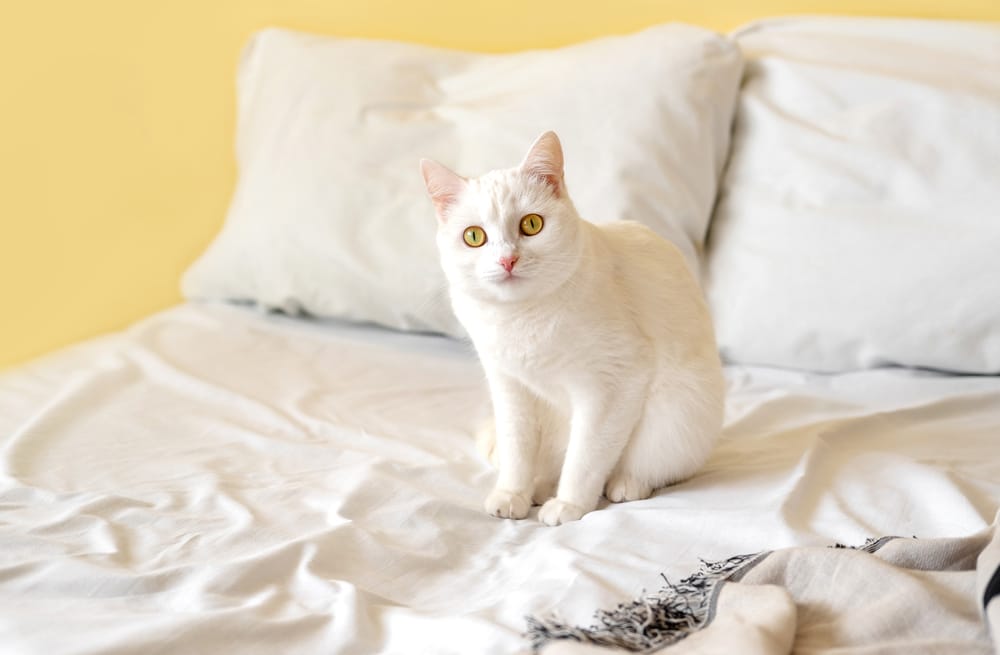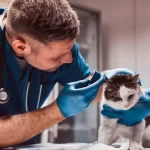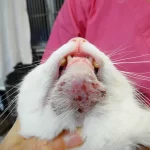What to Do if Your Cat has Fleas?
A cat that scratches knocks on its skin, or seems restless could have fleas. By learning how to find and kill fleas on your animals and in your house, you can soothe their itching (and protect yourself).

Do a Flea Check:
Find out if these bugs have landed on your cat before you spend money on flea treatments. Watch for any evidence of fur movement. If you see that small bugs bounce off their coat, it’s time to tackle fleas.
Combine your cat multiple times a day with a fine dented metal flea comb from head to tail. This will skim adult fleas and their eggs and make it easier to itch. Then plunge the pebble into a mixture of warm water and liquid detergent to kill the floes.
How to Prevent Fleas?
Your cat’s hot, hairy coat and fed blood are a great abode for a flea. Protect your animal with a flea barrier to prevent these small plagues. There are several types:
You put products on your kitty. Spot therapies are safer, more convenient, and more efficient than standard powders, shampoos, and sprays. You can get them online or from your vet. Ask your veterinarian where you should put the product, how much to use and how often. If you do not receive the medicine from your veterinarian, first read the product label to ensure it is safe for cats. Some common brands and active substances include:
- Fipronil Sun (Frontline Plus)
- Imitation Cloprid (Advantage)
- Selamectin (Revolution/ Stronghold)
- Fluralaner (Bravecto)
A flumethrin and imidacloprid flea collar (Seresto) can also work nicely.
Your cat eats medicines. The pill nitenpyram (Capstar) eliminates adult fleas in 30 minutes on your cat. However, it has no permanent effects. Spinosad (Comfortis) is a quick-acting mixer that begins to kill fleas before eggs are laid. It offers a complete month of flea prevention to prevent new hatchings.

Nancy, our tech-savvy pet parent, explores the latest in pet tech, from smart toys to interactive feeders.













